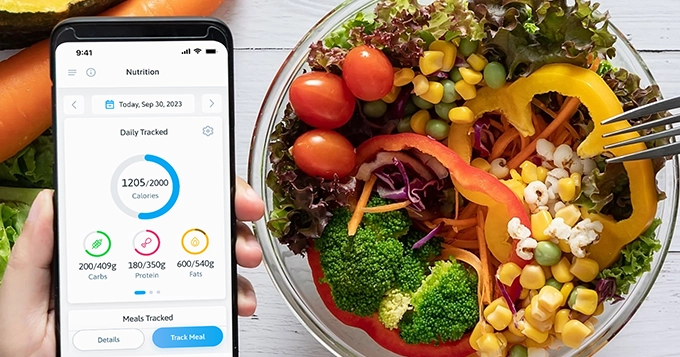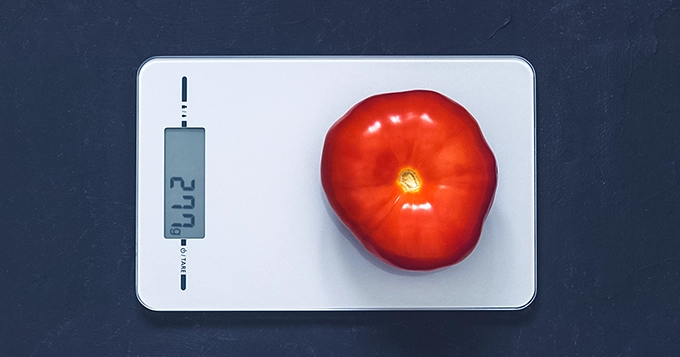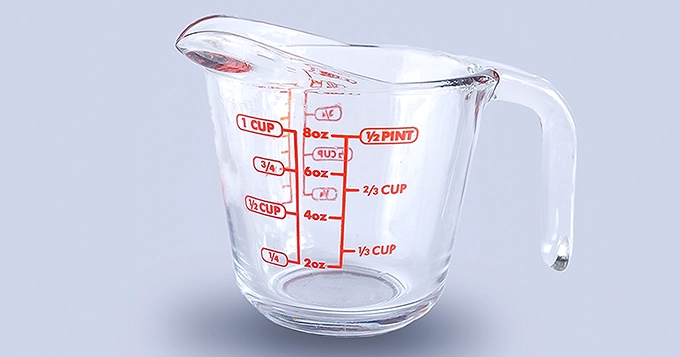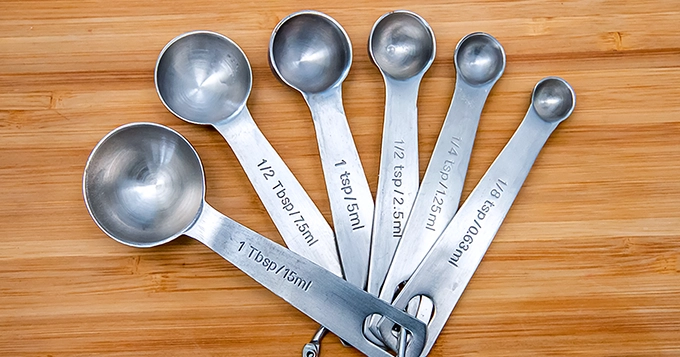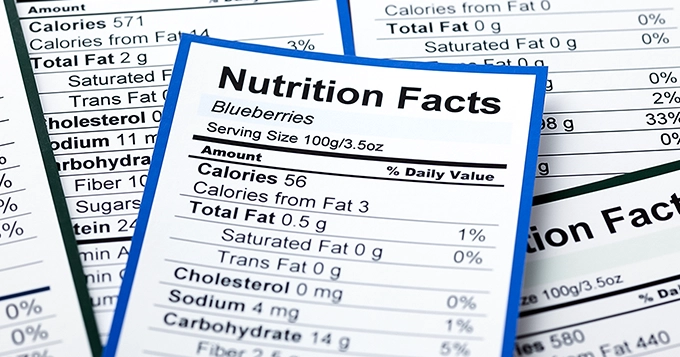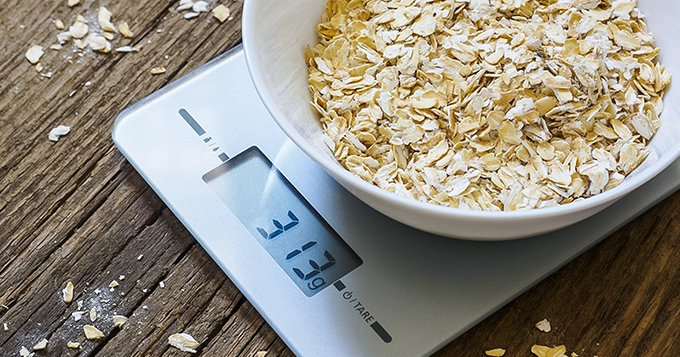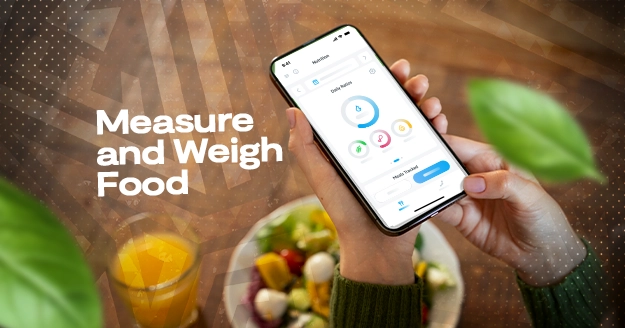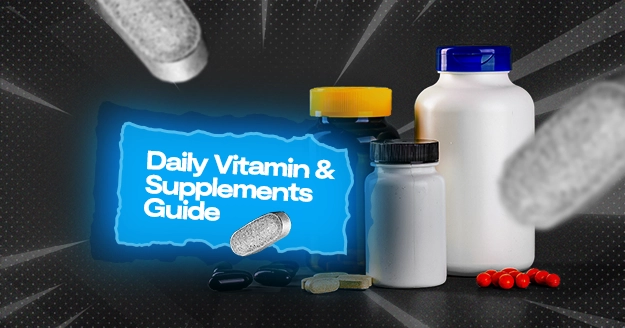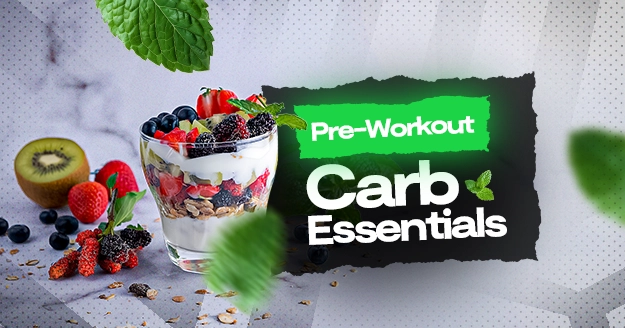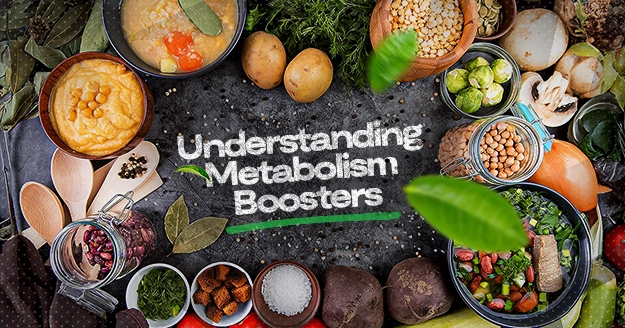Knowing how to calculate calories in food is the first step in achieving your weight goals. If you know your calorie intake, it would be easier to achieve your weight goals by controlling how much you eat.
Calories can differ based on the portion sizes of the food or ingredients. One way to know the calories in what you eat is by measuring your food.
Three Importances of Measuring and Weighing Food
- Weighing your food can give you better control of your nutrient intake.
Using a scale to weigh your ingredients improves accuracy and allows you to better control your nutrient intake. This will also allow you to eat a wider variety of foods, including small amounts of foods higher in certain nutrients, without having to worry about exceeding your recommended levels.
- Weighing your food is more accurate than measuring by volume.
Volume is a measurement of how much space an item takes up, and it is affected by its size. In foods, the size of your ingredients can vary greatly from one piece to the next.
Weight, on the other hand, will always be the same such that 100 grams of an ingredient will always be 100 grams. But whenever you’re following a recipe, note if the ingredient is weighed with or without stems, bones, or skin, after or before it is diced or grated, and if it is raw or cooked.
- Weighing your ingredients is a faster, easier, and cleaner way to cook.
You’re probably dirtying a lot of dishes if you’re preparing different amounts of ingredients and using multiple measuring tools.
The advantage of weighing your vegetables is that you don’t need multiple measuring cups or spoons to ensure you have the correct amount of each ingredient in a recipe. You just need a kitchen scale.
Measuring Tools for Food
How to calculate calories in food can be determined easier with measuring tools for food.
Digital Weighing Scale
Weighing out food items on a scale will give you a more accurate count of your calorie intake. Using weight instead of cups to measure food is more precise.
Measuring Jug
The measuring jug is the right measuring tool when it comes to liquid measurements.
Measuring Spoons
Measuring spoons are good for measuring small volumes.
Tips for Accurate Measurement
How to measure dry ingredients
Dry ingredients such as flour and sugar can be measured using flat-cup measures. For dry ingredients, scrape any excess off the top for accurate measurement. For liquids, fill the spoon just enough that it doesn’t spill over.
How to measure liquid ingredients
Liquids can be measured in jugs. Place the jug on a flat surface and check the label at eye level.
Spoon measures
You can measure with the correct-sized spoons for small measures such as vanilla essence and salt.
Dry and liquids
The best way to measure liquid and solid foods is through a kitchen weighing scale.
According to studies, most people underestimate their portion sizes, especially when it comes to high-calorie foods like peanut butter, nuts, sauces, and salad dressings. If you’re starting a diet either to lose or gain weight, using a digital food scale will ensure you’re hitting your target calories.
How to Calculate Calories From Measured Food
You can also do the following formula to calculate the calories from the available macros.
Grams of protein x 4
+
Grams of fat x 9
+
grams of total carbs – (grams of fiber x 4)
= Total Calories
Example:
If you measure out 150g of raw chicken breast, the macro breakdown would be:
Carbs – 0g
Protein – 35g
Fat – 1g
(0x4=0) + (35×4=140) + (1×9=9) = 149 calories
Counting Calories with Food Labels
How to calculate calories in food formula?
Using the information on the nutrition label of the food, divide calories per serving by the number of grams in a serving.
Many store-bought foods have their calorie content listed on the packaging as part of the nutrition label. The calorie content is frequently expressed in kcals, which stands for kilocalories, as well as kJ, which stands for kilojoules.
The calories listed on labels come straight from the manufacturers and are regulated by FDA but the agency allows for a 20 percent margin of error.
Conclusion
Food labels aren’t always accurate when it comes to calorie counts, and most of us are notoriously bad at guessing how to calculate food calories by portion sizes alone. That’s why weighing food is one of the best ways to keep a more accurate food journal and stay within your target daily calories.
